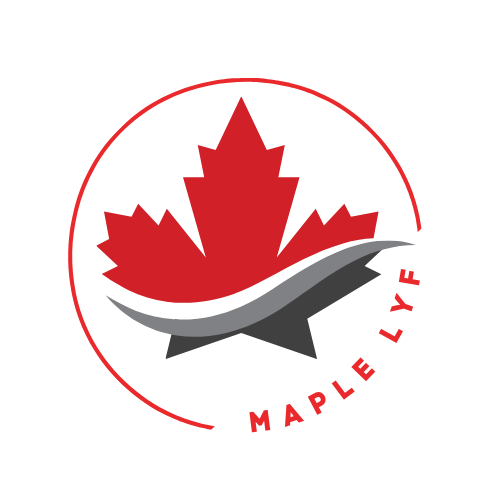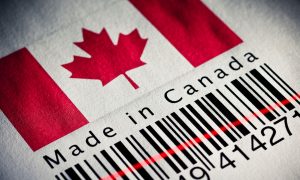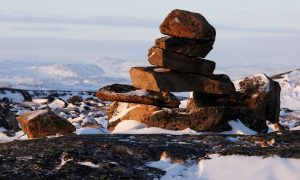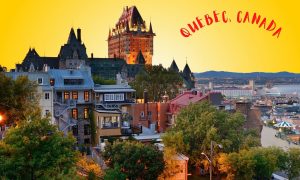
Canada’s Newfoundland is renowned for its colourful cottages on rocky coasts, distinctive English accent, and hospitable locals.
Check out these interesting and entertaining facts about the Canadian province of Newfoundland and Labrador to learn more about “The Rock” and “The Big Land”!
- While Labrador is a portion of the continent bordering Quebec and the Labrador Sea, Newfoundland is an island bordered by the Gulf of Saint Lawrence and the North Atlantic Ocean. The Strait of Belle Isle divides them.
- The size of Newfoundland and Labrador is comparable to that of California or Paraguay.
- More people live in ten Canadian cities than in the entirety of Newfoundland and Labrador (Toronto, Montreal, Vancouver, Calgary, Edmonton, Ottawa, Winnipeg, Quebec City, Hamilton, and Kitchener).
- Half of the province’s residents are on the Avalon Peninsula, where the capital is located, and 40% of them reside in the larger Saint John’s area, which has a population of 205,000.
- The Beothuk, who originally lived on Newfoundland Island, became extinct as a result of European sickness and mass killings.
- Newfoundlanders and Labradorians are terms used to refer to residents of Labrador and Newfoundland, respectively. Native Americans favour using their own names, such as Innu or Inuit.
- King Henry VII initially referred to the region John Cabot discovered as “New Found Launde” when he first used the name Newfoundland. After the Portuguese explorer Joo Fernandes Lavrador, who explored the area between 1498 and 1499, Labrador was given its name.
- The blue triangles on the left of the Newfoundland flag stand for the province’s surrounding waters, red for the people’s efforts, and yellow for their assurance. Overall, it is designed to mimic the Union Jack of England just a little, but the pattern also resembles Beothuk and Innu pendant designs.
- The earliest European settlement in North America is L’Anse aux Meadows, which is located on the northernmost point of Newfoundland Island. Around 1000 years ago, Norse mariners, often known as “Vikings,” constructed it. Some people think Leif Erikson, who arrived in North America 500 years before Christopher Columbus, may have constructed it.
- When the Titanic struck one of these icebergs in 1912, it sank 600 kilometres (370 miles) southeast of Newfoundland.






